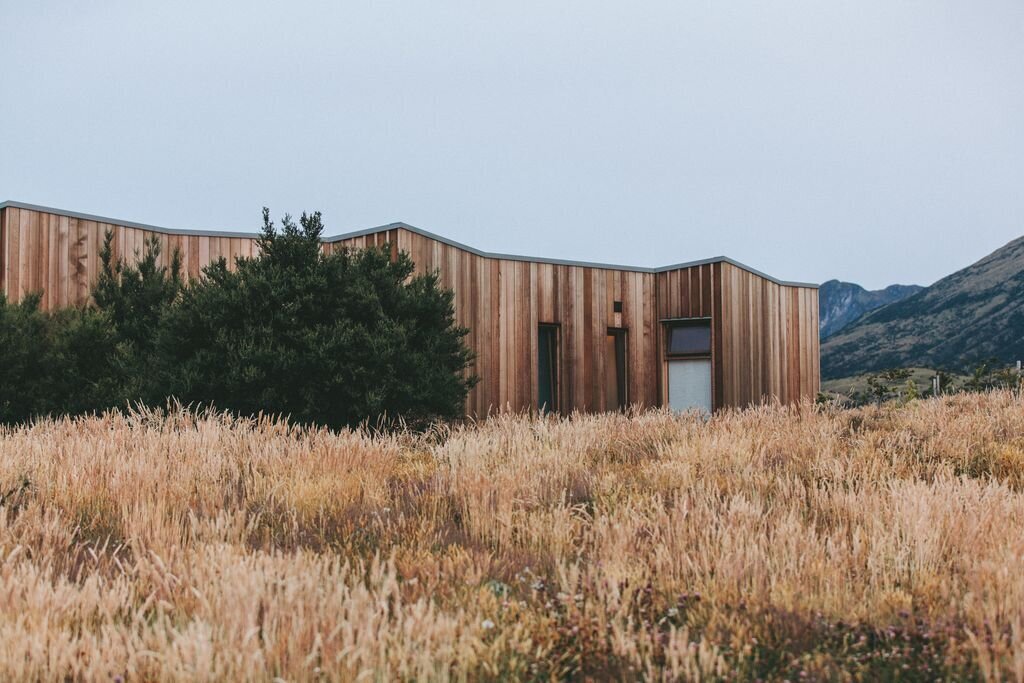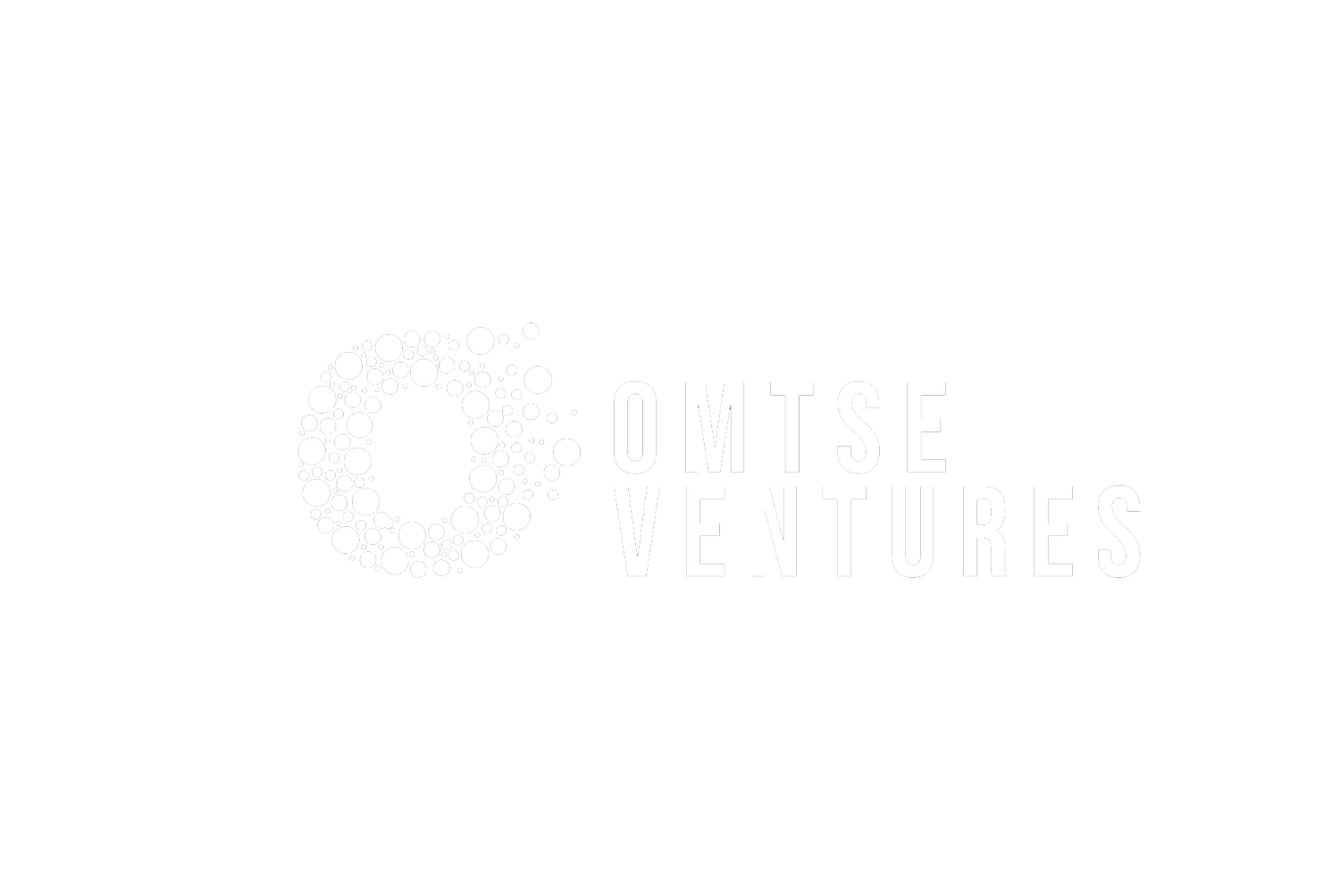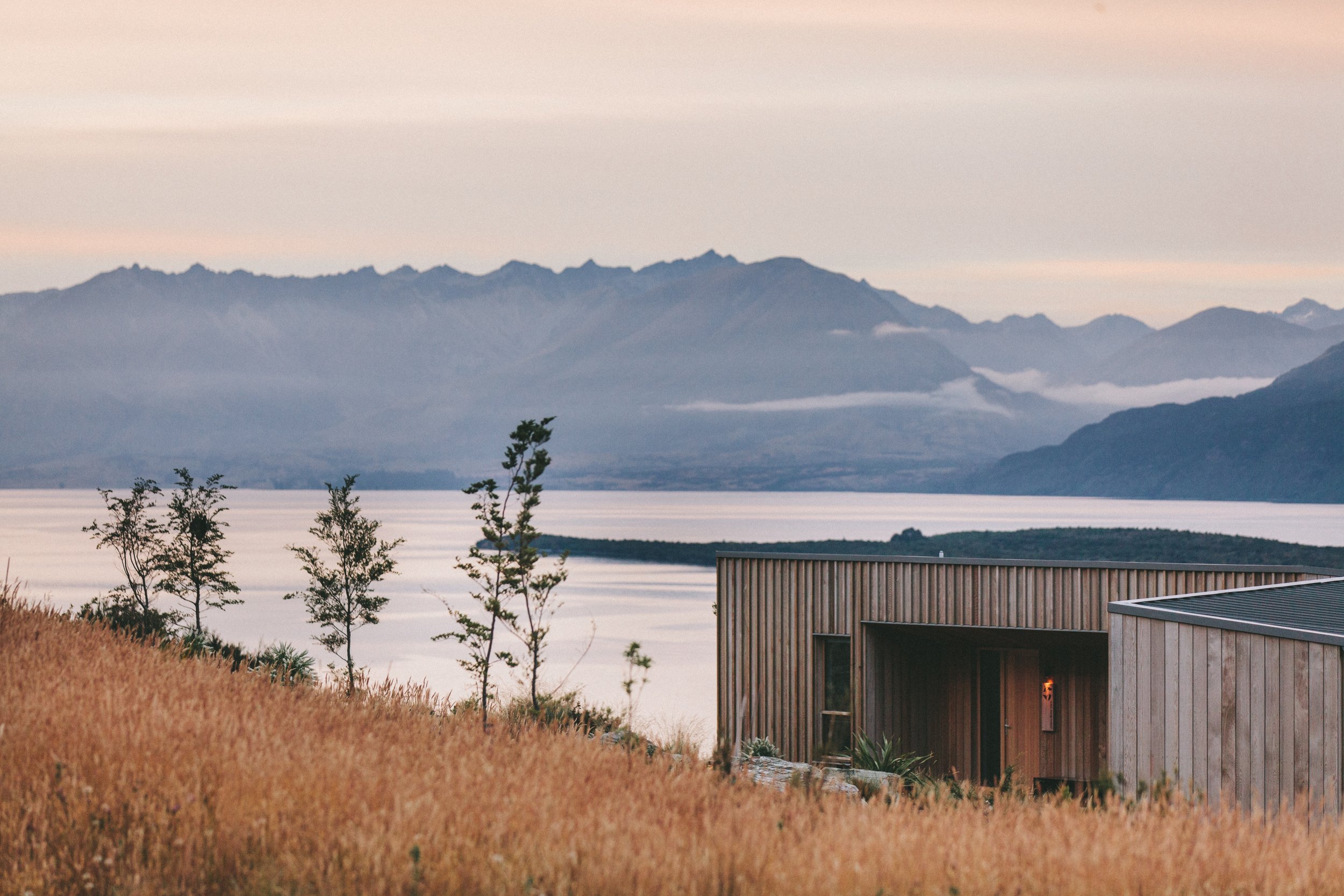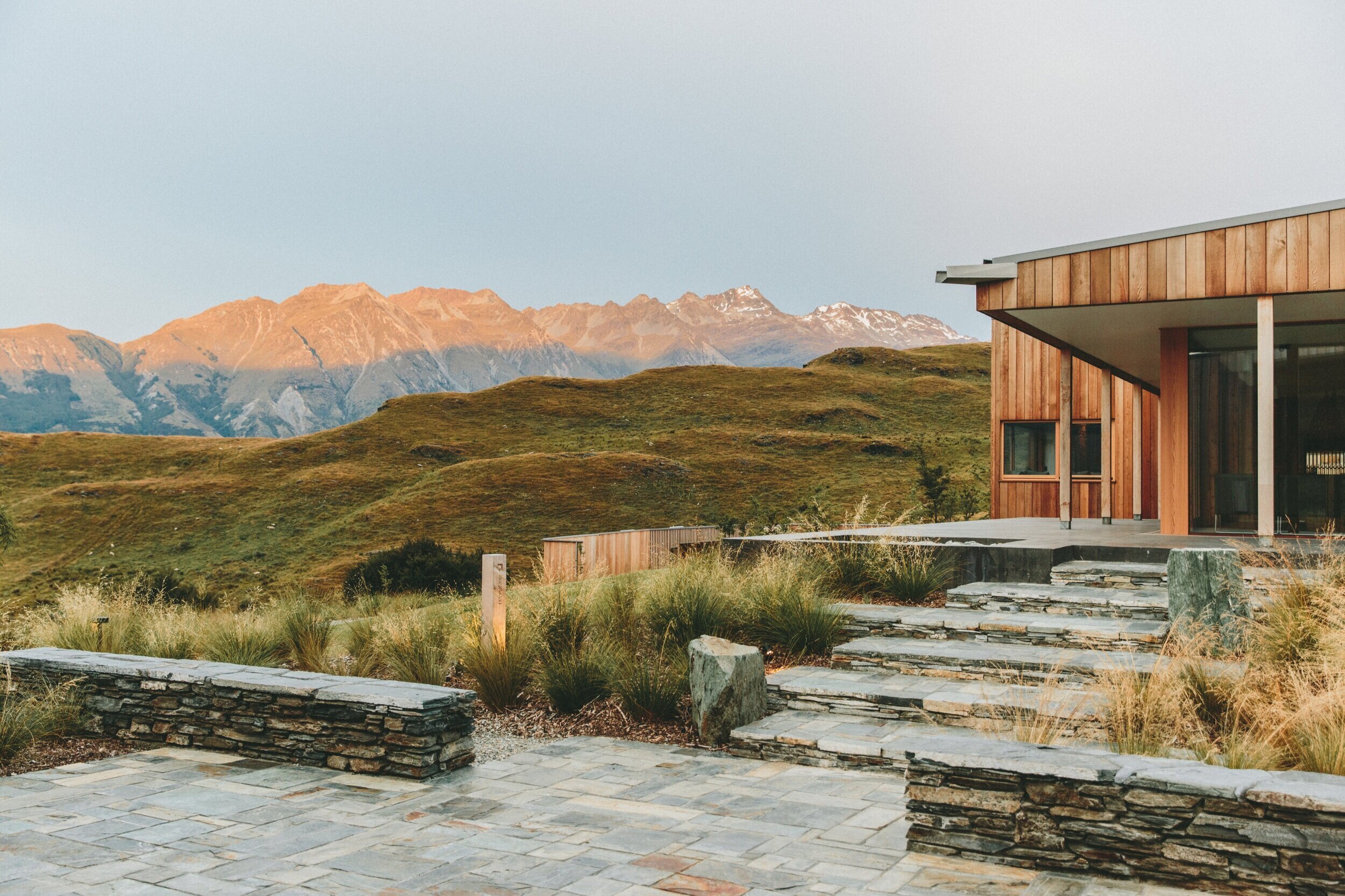
100M Trees Platform
A Climate Platform. Grown From the Ground Up.
This didn’t start as a headline.
It started with a question:
What if reforestation wasn’t a campaign... but a country’s climate infrastructure?
What if it could restore land, generate income, verify carbon, and anchor a national system of regeneration—one farmer, one cluster, one region at a time?
That’s the work behind 100 Million Trees.
The Philippines is where it begins.
We’re launching in the most climate-vulnerable nation in Asia—not because it’s easy, but because it’s necessary.
This is a place with deep agroforestry knowledge, community trust networks, and co-op organizing power. But it’s also a place where typhoons wipe out infrastructure overnight and top-down carbon schemes rarely reach the people doing the work.
If we can build a platform here that holds—technically, socially, financially—it will hold anywhere. it
Trees are the beginning. Not the whole story.
Yes, we’re planting 100 million coconut trees by 2028. But the trees are just the surface. Beneath them is a living system: grower clusters rooted in co-ops and Indigenous communities; regional hubs for training, storage, and data; intercropped cacao, coffee, and moringa adding value and resilience.
Real-time carbon data flows from the field. Revenue flows back to the people restoring the land.
This is how a tree becomes an engine.
This is how reforestation becomes infrastructure.
Carbon isn’t the goal. But it’s part of the plan.
Through our MRV platform, EarthSAMA, we’re building in traceability from day one.
The goal isn’t just credits—it’s trust.
Trust that the impact is real. That the data is honest. That the revenue flows all the way down.
We're not selling promises. We're building systems—designed to meet Article 6.4 compliance and evolve as the carbon economy matures.
The future we’re planting isn’t theoretical. It’s physical.
100 million trees. Hundreds of thousands of farmers. Hundreds of thousands of hectares brought back into productivity, biodiversity, and protection.
But the most important number isn’t on a spreadsheet. It’s the number of communities who can say: We built this. We own this. We benefit from this.
Because if it works here—if it works in the hardest terrain, through the toughest storms, across a fragmented archipelago—then it’s not a pilot anymore.
It’s a playbook for everywhere else.





